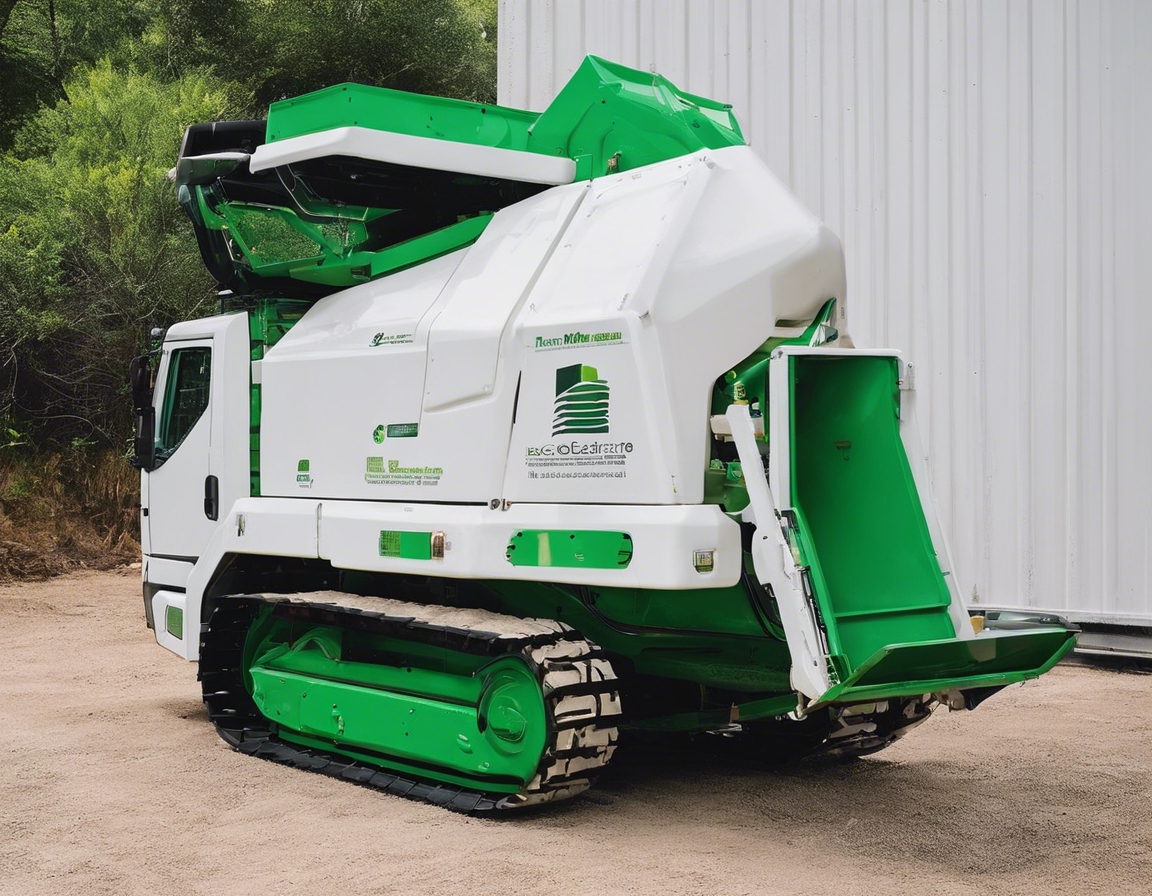The complete guide to installing your septic tank
Septic systems are essential for treating and disposing of household wastewater in areas without centralized sewer systems. They operate by separating solids from liquids, allowing clean water to be safely dispersed into the ground.
A well-installed septic tank offers numerous advantages, including environmental protection, cost savings, and a long service life.
Pre-Installation Considerations
Before installation, it's crucial to evaluate the soil type, water table level, and available space to ensure the septic system functions effectively.
In Estonia, specific permits and adherence to local regulations are required for septic tank installation. It's important to understand these before beginning your project.
There are various septic systems available, and selecting the right one depends on your property's characteristics and your household's needs.
Installation Process
Preparing the site involves marking out the area, clearing vegetation, and ensuring access for heavy machinery.
Choosing the correct tank size and material is critical, as is determining the best location for installation.
The leach field must be designed to effectively disperse water without contaminating groundwater or causing surface runoff.
Professional excavation ensures the tank is placed at the correct depth and orientation. KAEVETÖÖD24 OÜ's expertise ensures precision and compliance with all standards.
Proper connection to the home's plumbing is vital for the system's functionality and to prevent leaks or backups.
After installation, the area is backfilled with care to avoid damaging the tank, and landscaping is restored as much as possible.
Maintenance and Care
Regular maintenance, including inspections and pumping every few years, is essential to prevent failures and extend the life of your septic system.
Simple habits, such as conserving water and avoiding flushing harmful materials, can significantly impact the longevity and efficiency of your septic system.






Comments (0)